A caterpillar’s life ... under the microscope
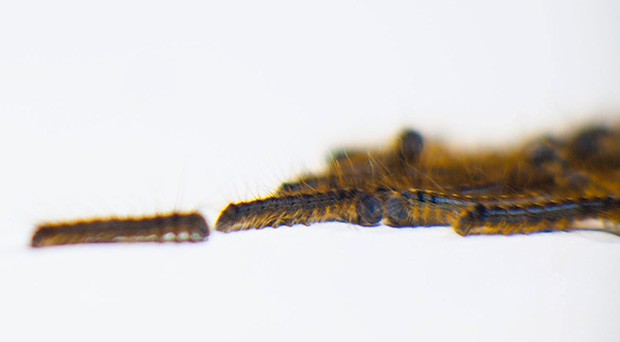
What happens when you mix biology with media art? You explore a world that you may not be familiar with in a very visual and engaging way. The En Masse exhibition, currently running at the FOFA Gallery until May 29, is the offspring of Christopher Plenzich, a master’s student in Biology who studies caterpillars, and Alison Reiko Loader, a former animation filmmaker currently pursuing her PhD in Communication Studies.
Together, they tracked the life span of the forest tent caterpillar through their respective lenses while collaborating with professors from the Faculty of Fine Arts and the Faculty of Arts and Science to build an unforgettable interdisciplinary exhibit. Here’s why you can’t miss this!
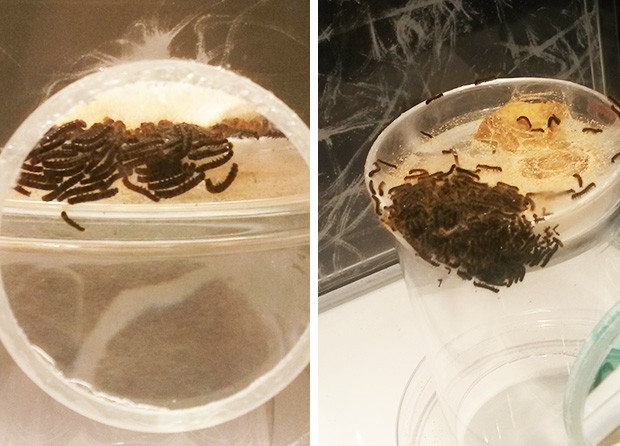
Get up close and personal with caterpillars. There are multiple stations within the exhibit that show forest tent caterpillars at different stages of their lives. Follow them from when they‘re just days old to when they’re ready to build their cocoons and emerge as M. disstria moths.
Did you know that M. disstria moths only live for about 4 days?
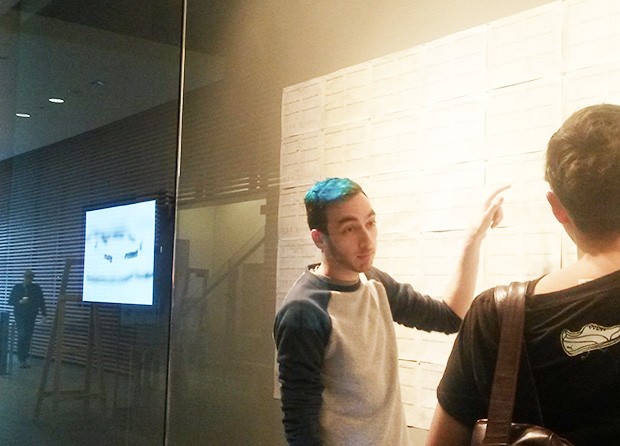
Most days, Plenzich can be found on-site, explaining his notes on the caterpillar’s lifespan. Beware: his passion and excitement is contagious. He will answer any questions you may have about caterpillars and his collected data. Better yet, he’ll tell you all about how this data feeds his upcoming experiments, serving as a reminder that En Masse is a living exhibit.
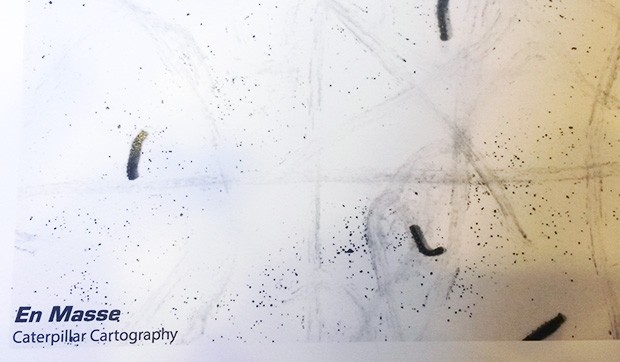
As caterpillars grow, they exhibit different social behaviours throughout their lifespan. “When they were younger and remained gregarious, we used liquid pheromones on paper to choreograph their movements in shapes that you otherwise wouldn't see in nature, Plenzich explains. “We used the charcoal to demonstrate how the caterpillars display more individual behaviors when they are older. They split up to avoid competition for resources.”
These drawings (above) can be seen at the exhibit.
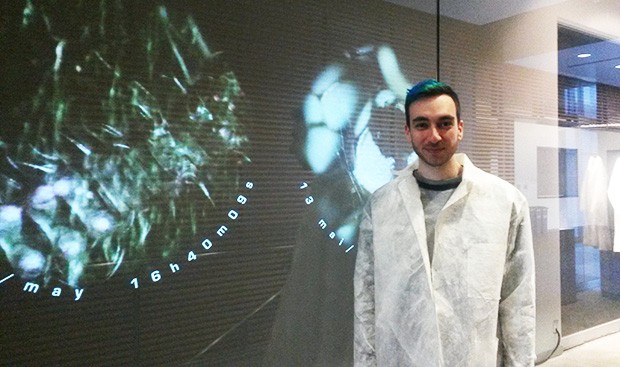
Some species of caterpillars are also known as silkworms because they produce a certain texture of silk. “We used silkworm silk to make the material for the projection screens and lab coats on display in the show,” says Loader.
In an effort to use everything these miraculous little creatures produce, the exhibitors enlisted the help of pk Langshaw, a professor in the Department of Design and Computation Arts to work with the raw silk.
In this exhibit, you see two perfectly hung lab coats that were created to celebrate the interdisciplinary approach of En Masse. Langshaw wants to continue working with the silk beyond this exhibit, and plans to include some pieces as part of her own FOFA Gallery exhibition scheduled for the spring of 2016.
As you walk by the FOFA Gallery's York Corridor Vitrines you will see a series of time-lapse videos of the caterpillars’ lifespan, along with the date and time stamped on the clips. They are filmed at a macro level so you can get a really good look at the development of caterpillars.
The En Masse exhibit runs until May 29 at the FOFA Gallery in the Computer Science, Engineering and Visual Arts Integrated Complex at 1515 St. Catherine W. on the Sir George Williams Campus.

